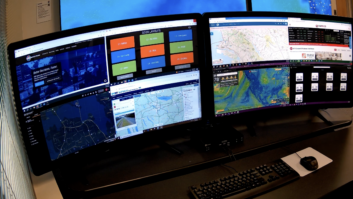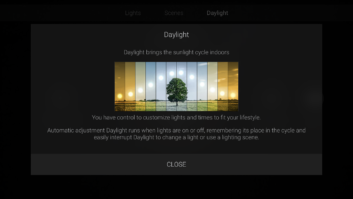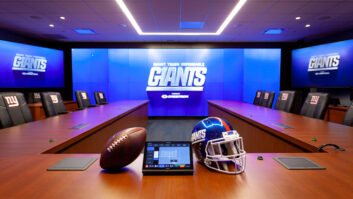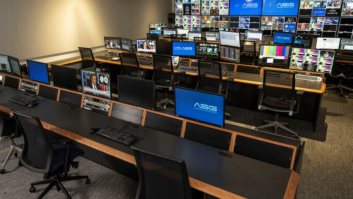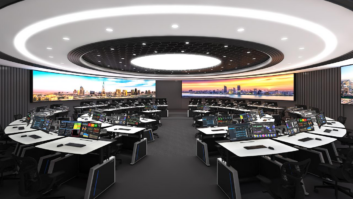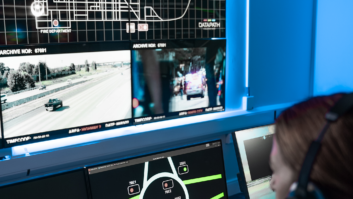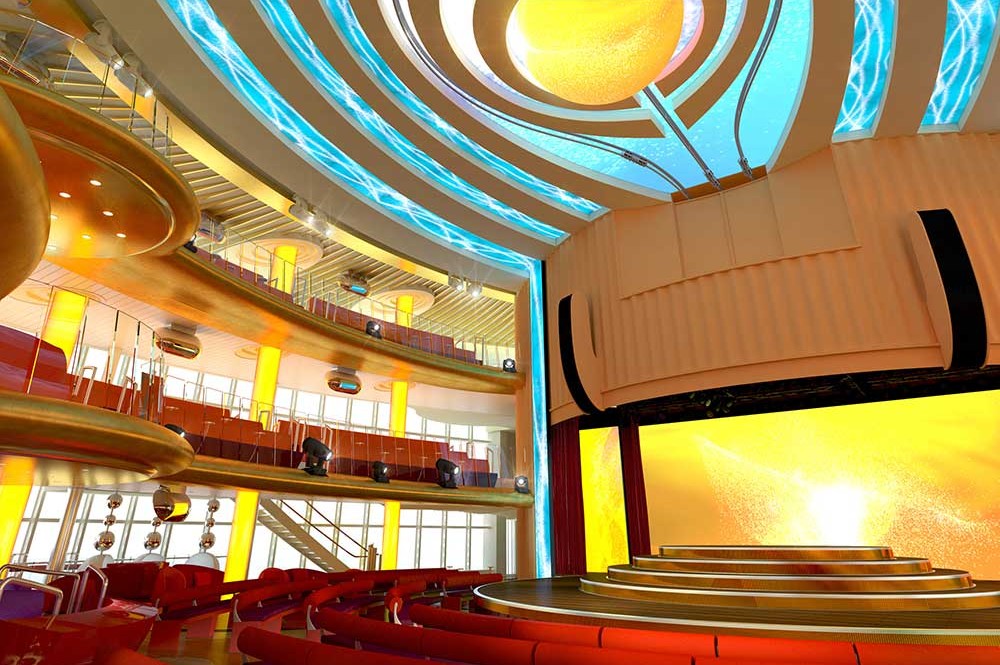
The new flagship of AIDA CRUISES is powered with a mixture of products from RTS, TheWirelessWorks, Meyer Sound, DiGiCo and Sennheiser. Amptown System Company (ASC) worked with AIDA Cruises on the engineering concept for the ship’s light, sound, entertainment IT network, communication and control; purchased and supplied the technical equipment; supervised the installation at the Mitsubishi shipyard in Nagasaki, Japan; and undertook the final system commissioning.
The first cruise liner to depart year-round from a German port, AIDAprima has offered seven-day round trips from Hamburg to the metropolises of western Europe – including London, Paris, Brussels, or Amsterdam – since its launch in April 2016. Three hundred metres long and 37.6m wide, the cruise liner accommodates 1,643 cabins, the majority of which are fitted with a 6sqm porch. Fourteen different cabin designs have been used, and the liner contains no fewer than 12 restaurants and 18 bars. The centrepiece of varied entertainment activities is the Theatrium (pictured), which features an entirely new circular stage, state-of-the-art LED components, airframes for artists’ shows, and a huge interactive floating LED ball.
Taking the liner’s huge size into account, ASC developed an infrastructure which distributes audio signals across the entire ship via a fibre-based Optocore network. The various venues, including the Theatrium, the Beach Club and the TV/broadcast area, are interconnected via Optocore in a closed ring structure. Optocore components from the analogue V3R and X6R series have been installed throughout the ship.
For the first time ASC used a high-performance RTS ADAM-M intercom matrix as the central control unit, to handle the very exacting communication requirements on board. In addition to conventional party line communication, this system enables targeted point-to-point communication between the individual network nodes.
The connection of the audio and intercom signals is ensured in both analogue and digital modes. Digital communication is realised via the fully integrated RTS OMNEO media network architecture. OMNEO uses standard TCP-IP networks for multi-channel transmission of audio and data signals suitable for broadcasting virtually without delay. The IP network not only serves the numerous permanently installed RTS intercom stations, but also allows for connecting more mobile communication stations to the intercom system at any time, wherever these may be required.
Wired communication for stage applications is ensured by a conventional RTS TW partyline system – involving 15 BP-325 belt-packs and 12 WMS-300 wallmount substations – which is connected to the central intercom system. A dual-channel RTS Radiocom UHF full-duplex wireless intercom system, also connected to the central matrix unit, ensures mobile wireless communication. This intercom system consists of three BTR-800 base stations permanently installed in the central technical control facility below the Theatrium, plus two TR-825 and nine TR-800 wireless belt-packs that are used as mobile stations by the engineering staff on board.
The customer’s request for unlimited use of wireless belt-packs everywhere on the ship represented a major challenge. Given the enormous size of the ship the distribution of antennas based on analogue control was out of the question. So ASC decided on using the WIBER HF fibre-based distribution system produced by TheWirelessWorks. Throughout the ship, a total of 18 antennas located in the various entertainment areas is connected to the control centre bidirectionally via fibre optic cables and thus enabled to send and receive signals in the UHF range. The same infrastructure is used to connect two InEar Monitoring body-packs, with the corresponding transmitters, in the central technical control facility. In this way a moderator with their mobile camera team is supplied with intercom signals or program audio signals wherever they are on the ship.
The Theatrium extends over three decks. The mobile revolving stage projects far into the auditorium and is surrounded by audience rows in a 200º radius. Airframes with rails add substantially to the aerialists’ options with regard to artistic performance. The main sound reinforcement system in the Theatrium, installed by ASC, features 20 Meyer Sound MINA compact curvilinear array speakers and two self-powered Meyer Sound 1100-LFC (low-frequency control) elements.
Because of the specific conditions encountered on cruise liners, the line arrays are not simply suspended freely in space but are provided with attachment points at the bottom. This confers more stability to the clusters as a whole, securing them against the motion of the cruise ship at sea. Like all subwoofers on the ship, the Meyer Sound 1100-LFC elements are placed on a foundation specifically designed by ASC that is separated from the hull by means of special foam blocks, so as to minimise solid-borne sound transmission to the steel body of the ship.
The main sound reinforcement system further includes nine Meyer Sound UP4-XP active speakers integrated by ASC into the front edge of the stage as front fills. Fifty-eight ultra-compact Meyer Sound UPM-1XP wide-coverage speakers and 18 self-powered Meyer Sound MM-4XP miniature speakers ensure clear and balanced sound in the back rows. Many of these speakers were supplied with a golden housing in to match the interior design of the Theatrium. For the delay system ASC opted for XP models because the remote 19inpower supply unit considerably reduces the installation effort. Invisible to the guests, 15 more Meyer Sound M1D subs are installed in benches and other pieces of furniture and ensure that low frequencies are evenly distributed in space.
All of the 113 loudspeakers are processed by three Meyer Sound Galileo 616 speaker management systems. The sound system as a whole is remotely monitored by the Meyer Sound RMS (remote management system). A DiGiCo SD7 digital audio mixing console connected to the Optocore network is provided in the Theatrium. All of the wireless microphone equipment was made by Sennheiser.
Picture: © AIDA CRUISES
